The 5 European Countries You Should Visit This Year
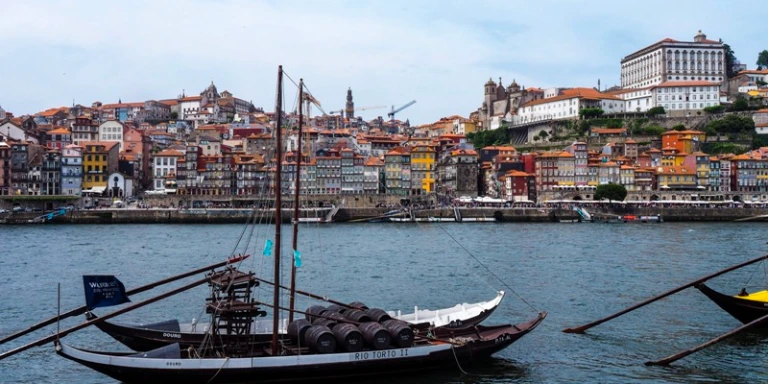
Are you planning a trip to Europe and wonder which are the best countries to visit?
This can be a tricky question. There are so many different destinations more than worth to be explored. In fact, it’s safe to say, Europe has it all. From the famous cosmopolitan cities to pristine beaches, beautiful islands, stunning mountain ranges, large nature parks, gorgeous countryside locations, fairytale medieval castles and towns and above all the huge range of different customs, traditions, and cuisines of the more than 40 European countries.
Which ones are the best to visit entirely depends on your own interests and preferences.
But since it’s quite likely you won’t have time enough to visit all of Europe’s fantastic countries in one go, you will need to choose only one or few for your visit.
Here are my top five European countries I highly recommend visiting on your next trip to Europe (in no particular order), based on a couple of criteria such as ease of getting there internationally, cultural highlights, diversity of landscape, historic and culinary experiences, among others.
Germany
OK, I might be biased since I live in Germany. But the country is truly awesome. It is blessed with so many different places from large cities to small historic villages, moody forests, spectacular mountain ranges, coastal areas, splendid lakes and not to forget lots of picturesque river valleys.
Why Germany is a great location to visit
There are so many historic and cultural sites across the whole country, the list would be endless should I try to mention everything. Some examples? Included in in the list of the UNESCO World Heritage Sites are Berlin’s large Museum Island, Cologne Cathedral, Hamburg’s Speicherstadt (the old warehouse area), the historic northern German town of Quedlinburg, the old town of Bamberg in northern Bavaria, Würzburg Residenz, Maulbronn Monastery, the Upper Middle Rhine Valley, along with all the others not mentioned.
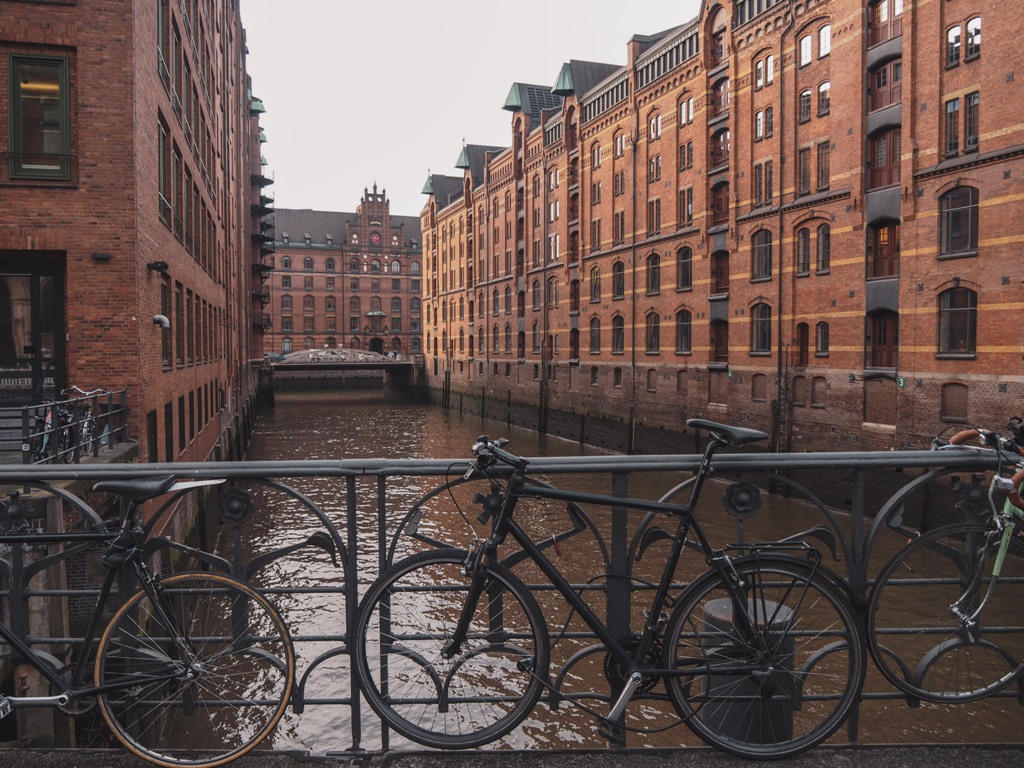
If I had to put together an itinerary visiting Germany, I would include one or two of the larger cities like Berlin, Hamburg, or Munich. They do not only offer lots of interesting things to explore, but they can also be easily reached with daily international flights from many destinations globally, thus provide an easy entrance to the country.
And once there, travelling across Germany is quite easy thanks to a very well-developed public transport system which also includes smaller destinations in the countryside. Though to tell you the truth, the famously acknowledged reliability of the German public transport is greatly overstated. Unfortunately. Thus, renting a car might be the better choice. Especially when a trip to the countryside is on your itinerary too, and it certainly should be.
Again, the number of quaint historic little towns and villages is nearly endless. I recommend you check out the rural areas closest to the bigger cities you plan to visit. This way, you keep the overall distance of your travels more contained and will still be able to wander the cobblestoned streets of many fairytale medieval little towns, visit some stunning castles and stay in some of the cutest little boutique hotels.
If you like road tripping, then Germany offers a huge number of scenic routes criss-crossing the country based on all sorts of different themes. Germany’s most popular scenic routes include the Romantic Road, a 350-kilometre route leading through the southern states of Baden-Württemberg and Bavaria from Würzburg to Füssen, taking in such fairytale destinations like Rothenburg ob der Tauber, and Neuschwanstein Castle. Other routes worth seeking out include the Castle Road (a nearly 800-kilometre stretch from Mannheim to Prague in the Czech Republic passing over 60 of the most stunning castles), the German Fairytale Route (exploring the world of the Brothers Grimm), the German Half-Timbered Houses Route, and many more.
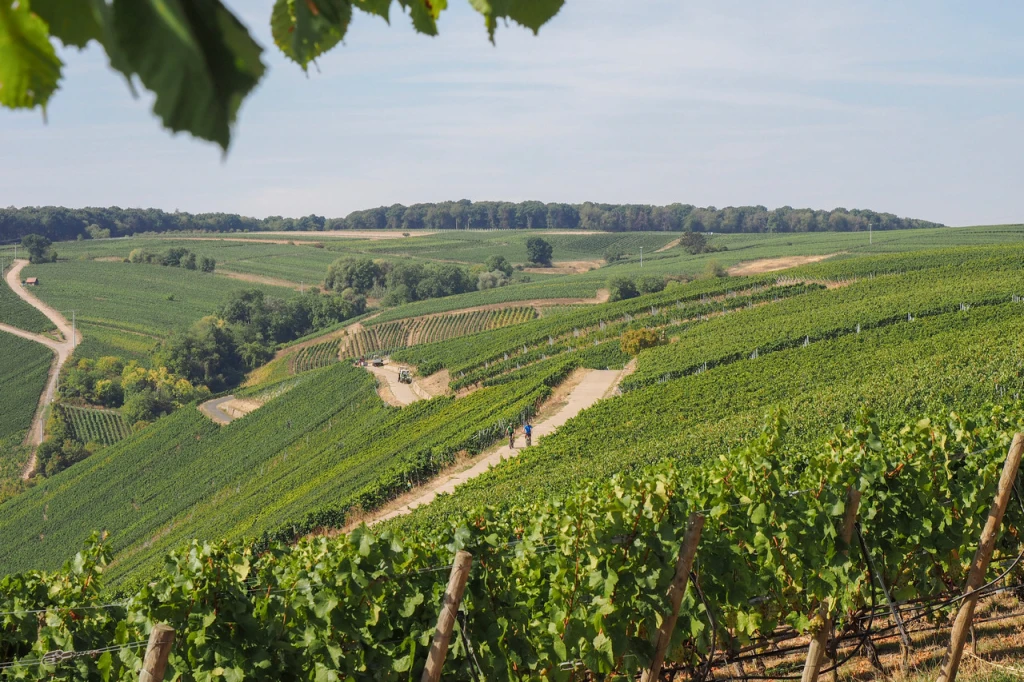
If like me, you love to travel for food and wine, Germany truly is one of the best countries you can chose. Across the 13 official wine regions, you will find award-winning wineries offering excellent wine tasting opportunities, a thriving, still expanding food scene increasingly based on locally sourced, seasonal ingredients, and many beautiful boutique hotels.
Italy
When planning a trip to Europe, Italy is likely one of the countries high up on your bucket list. And you are totally spot on. Indeed, it’s not by chance one of the most popular tourist destinations in the world.
Why Italy is a great location to visit
Italy is not only home to some of the most awesome – and history laden – destinations like Rome, Florence, and Venice where you will find century-old buildings and monuments along with a huge number of museums, art galleries and artisan shops. The same is actually true for a large number of smaller cities and villages including Bologna, the secret foodie capital of Italy, Verona, the city of Romeo and Juliet, the fashion capital Milan, Italy’s coffee and chocolate heaven Turin, Matera with the awesome cave houses carved into the mountainside, and many more.
The country also boasts some of the most beautiful seaside locations including the Amalfi Coast and Cinque Terre along with beautiful lakes such as Lake Como or Lake Garda. Then there is the sweeping beauty of Tuscany with its many little hilltop villages, the stunning mountain ranges of the Alps and Dolomites, and the beautiful islands including Sicily, Sardinia, and off course the not-to-be-missed island of Capri.
Maybe the most enticing reason to visit Italy, however, in the end is the hugely diverse culinary offer, world class wines and the open and welcoming attitude of the Italian people.
Italy is home to some of the most famous wine regions in the world like Tuscany, Piedmont, and those internationally still lesser-known ones like Sicily, Puglia, and Trentino/Alto Adige.
Contrary to common believe, not every place will offer excellent food. Though avoiding the typical tourist traps (hint: restaurant with menus displaying pictures of food), there is no better destination then Italy if you want to eat like in heaven. Pizza, pasta, and gelato is a must off course but depending on the region and time of your visit, check out some of the other incredible foods including focaccia, vitello tonnato, polenta (in the north), Bisteccha alla Fiorentina (in Florence), arancini (stuffed rice balls, in Sicily), risi e bisi (pea soup/risotto in Venice), and truffles (October, November in Piedmont).
Portugal
Over the past few years –excluding the past three for obvious reasons – tourist numbers have skyrocketed in Portugal and if you ask me that’s no surprise. The country is hugely affordable (it is certainly the most affordable country in Western Europe) while offering a wide range of different places and activities. From city breaks to beach holidays and exploring the beautiful countryside there is something here for every taste.
By the way, with mild weather even in the winter months, Portugal is a great year-round destination too.
Why Portugal is a great location to visit
First, travelling to Portugal is fairly easy. The three main international airports Lisbon, Porto and Faro in the Algarve offer several daily international connections.
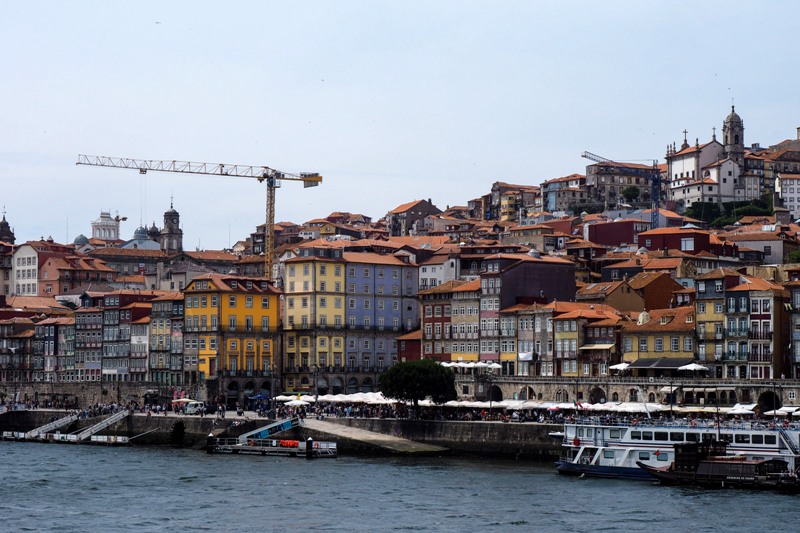
Then there are many different beautiful places to visit, from lively Lisbon to the incredibly picturesque city of Porto, the central part around Coimbra (home to one of the oldest Universities in the world), the fairytale village of Sintra, right down to the Algarve in the south.
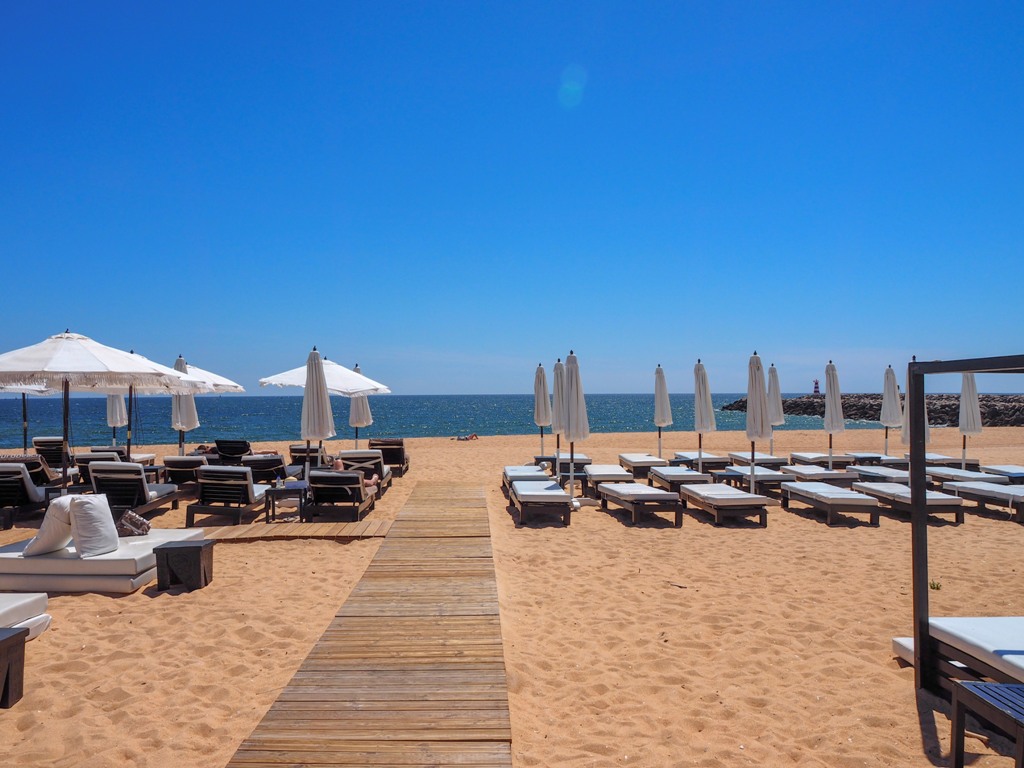
For beach lovers, there is not only the breathtakingly beautiful Algarve with its rugged coastline and pristine beaches. Further up north you will find such beautiful locations like Cascais, Cabo da Roca, Setubal, and the incredible Senhor da Petra beach close to Porto.
Travelling to Portugal, among the perhaps most overlooked locations are in the rural countryside. In the north, travel the Romanesque Route to discover 58 stunning monuments (castles, monasteries, towers, and bridges) within a triangle covering the Sousa Valley, Tamega Valley and Douro Valley.
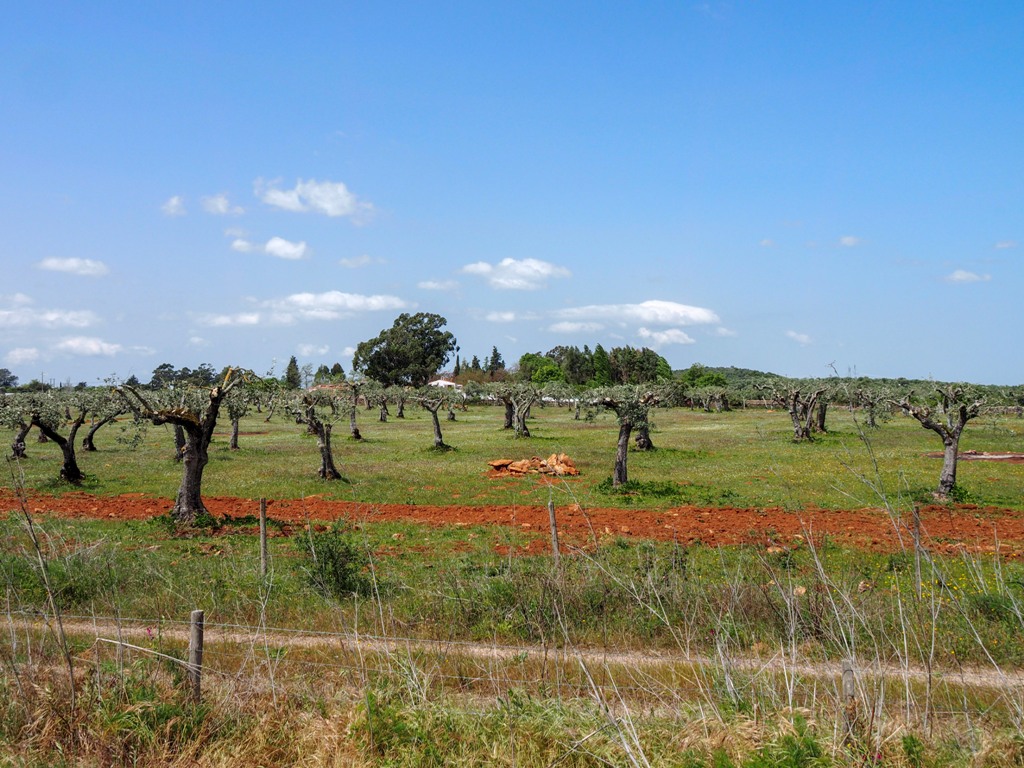
Nature lovers will love to explore the country’s 12 UNESCO Biosphere Reserves including the Natural Park of Montesinho, the Paul do Boquilobo Nature Reserve, the Berlengas Nature Reserve, and theBiosphere Reserve of Castro Verde among others.
In addition to many beautiful locations, Portugal is one of the most strongly emerging wine growing regions in Europe. Which might seem a bit of a paradox as wine growing is going back for centuries here. Indeed, back in the year 1756 the Marquis of Pombal founded the Upper Douro General Vineyard Agricultural Company and created the first demarcated region in the world by registering the vineyards and classifying the wines according to their quality.
The Douro Valley is a definite must for wine lovers. Classified an UNESCO World Heritage Site, the steep terraced vineyards nestled on both sides of the Douro River are a sight to behold and the area is dotted with many beautiful small villages, fantastic wine-themed boutique hotels and quintas (the local name for a winery) offering wine tasting and sometimes accommodation.
Other, lesser-known wine regions worth exploring are the Minho in the north (follow the vinho verde wine route here), the Setubal peninsula wine area, or the Alentejo with its stunning whitewashed hilltop towns and many fantastic adegas (wine estates).

Finally, Portugal might not be overly famous for its local food. Yet with a focus on seafood (after all, the country has nearly 1,800 kilometres of coastline between the mainland and its islands) along with the hearty rural dishes of the inland based on slow-cooked meat, the culinary traveller in you will not be disappointed. Definitely worth a try: the popular salted cod, arroz de marisco (seafood stew made with fish and rice), piri-piri chicken, porco preto (the equivalent of the black Iberico pic, breed on a diet of acorns) and last but not least the delicious sweet pastéis de nata (custard pastries).
Sweden
Planning a trip to Europe, it’s often countries like France, Italy, and Spain to top the list. Meanwhile Scandinavia in the high north often remains an afterthought. Yet there are many intriguing reasons this hugely diverse region certainly deserves a place on your travel bucket list.
Why Sweden is a great location to visit
Vibrant and colourful Stockholm certainly does not need a particular introduction. From the royal castle to the colourful market square in the city’s Gamla Stan old town, museums, art galleries, and not to forget the many canals and large parks make this a perfect place for every traveller. But there are many smaller Swedish cities, including the beautiful port city of Gothenburg waiting to be explored, that come with the added benefit of being less touristy and crowed.
Yet what makes Sweden a truly amazing destination are the breathtakingly beautiful wild landscapes, while the country takes sustainable and slow travel to a new level. In fact, recent hotel openings not only offer striking modern design. They will be build using local materials and minimal-to no impact on the environment, using where possible green energy and closed water and waste systems.
If seeing the amazing magical Northern Lights is on your bucket list, Swedish Lapland between early September and late March is the place to be. Or come in early summer to experience the equally stunning Midnight Sun. Meanwhile, the Swedish Arctic region boasts the UNESCO World Heritage Site of Laponia while Sarek National Park with nearly 100 stunning glaciers is the home of the Sami and their reindeer tradition.
For those that love hiking, the High Coast of Sweden at 286 metres above sea (the highest coastline in the world) is one of the most dramatic landscapes to be explored, including century-old fishing villages.
Finally, there is an amazing Swedish cuisine beyond meatballs and cinnamon buns waiting to be explored, packed with texture and flavours. Think of delicious shrimp sandwiches, crayfish, dill-cured salmon, ?rtsoppa (Swedish pea soup), pickled or sour herring, as well as the famous smorgasbord (small hot and cold dishes served buffet-style). During the warmer months, expect a wide range of wild berries, mushrooms, and edible plants. In addition, if you love meat, moose, reindeer, deer and wild boar are regularly on the menu here as well.
Austria
If you have been to Austria, you will not be surprised to see it included in my top five European destinations. Though rather small, the country is still hugely varied and packed with picture-perfect scenery, imposing mountain ranges, beautiful lakes, quaint little villages and of course the stunning capital, Vienna.
Why Austria is a great location to visit
This centrally located European country is easy to reach from abroad, and likewise a great getaway to other destinations across the continent.
Chances are you will arrive at Vienna airport, getting you spot on to one of the most amazing European cities year-round. Austria’s capital city Vienna is full of history. Royal palaces, the State Opera House, the stunning cathedral (Stephansdom) along with several other historic churches, a large number of museums, art galleries and not to forget the city’s famous coffee houses along with a thriving culinary scene, there is something to keep everybody busy for days.
If you love quaint little villages, Austria is your place too. No doubt, the name of Hallstatt will ring a bell. Perched at the shores of lake Hallstatt, the little town (an UNESCO World Heritage Site) became world-famous thanks to its picture-perfect 16th century houses and steep cobblestoned streets. Whether any of the other small Austrian towns are more beautiful or not you have to determine yourself. But the likes of Kufstein, St. Gilgen, Lienz (otherwise known as the pearl of the Dolomites), Maria Alm, Feldkirch, St. Wolfgang (on the shores of Lake Wolfgang), Gmunden, Seefeld, and Zell am See – just to name a few – are absolutely breathtaking.
Whether it’s hiking or skiing, Austria’s countryside offers a wealth of opportunities. Head out to Salzburger Land, Wachau, Tyrol, Vorarlberg, Burgenland, or Styria for a wide range of different experiences.
And if like me, food is a big part of your travels, then delving into Austria’s cuisine is a real pleasure. Beyond the world-famous Schnitzel, enjoy delicious Tyrolean cheese, bacon, and sausages, Gr?stel (roasted potatoes) with fried eggs, a range of hearty as well as sweet dumplings, apple studel and plum pastry (locally called Zwetschkendatschi).
Last but not least, while fairly small, exploring Austria’s wine regions should be on your list too. From the vineyards of Vienna to the areas of Burgenland and Styria, set out and explore the local wines.